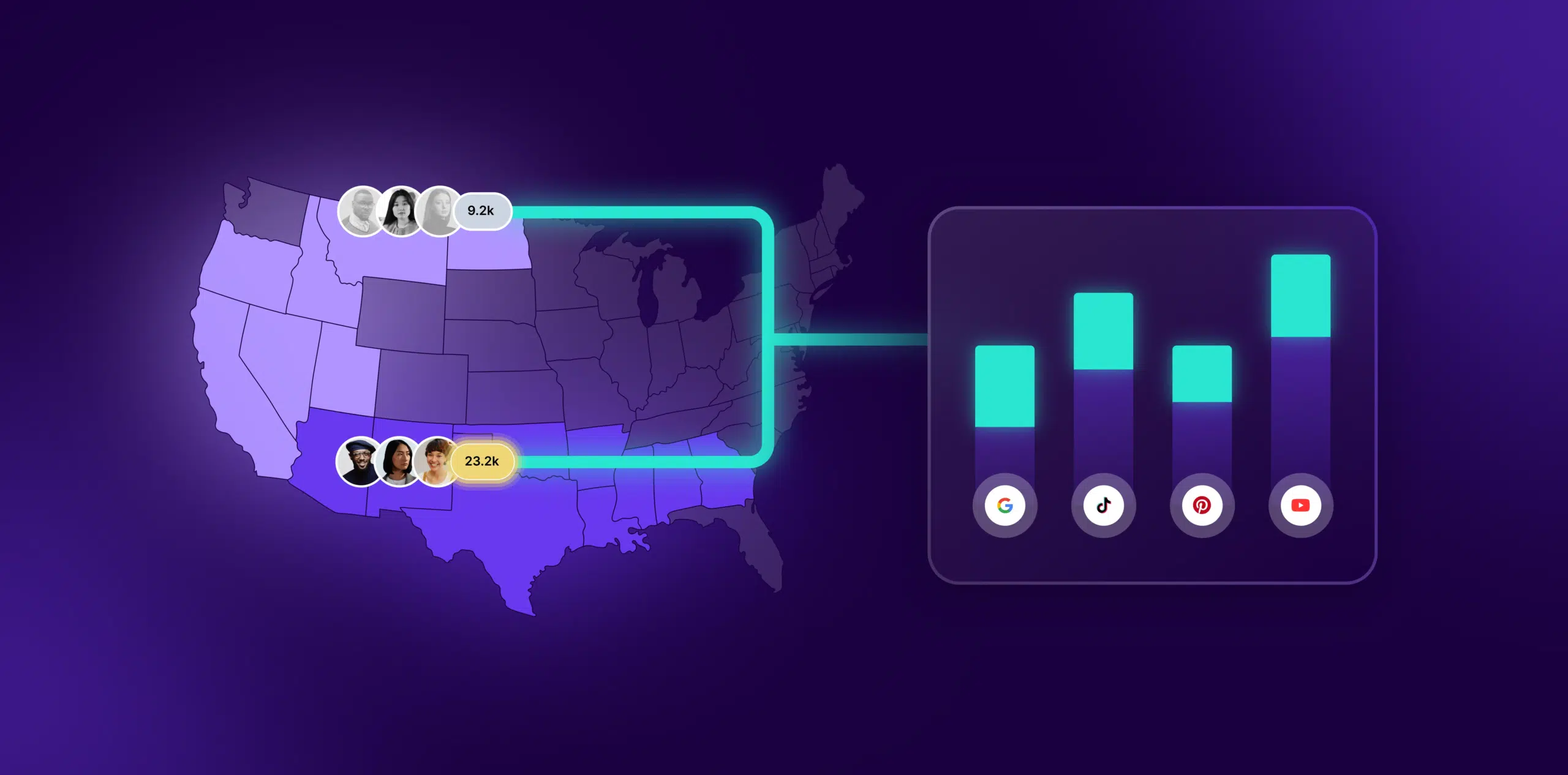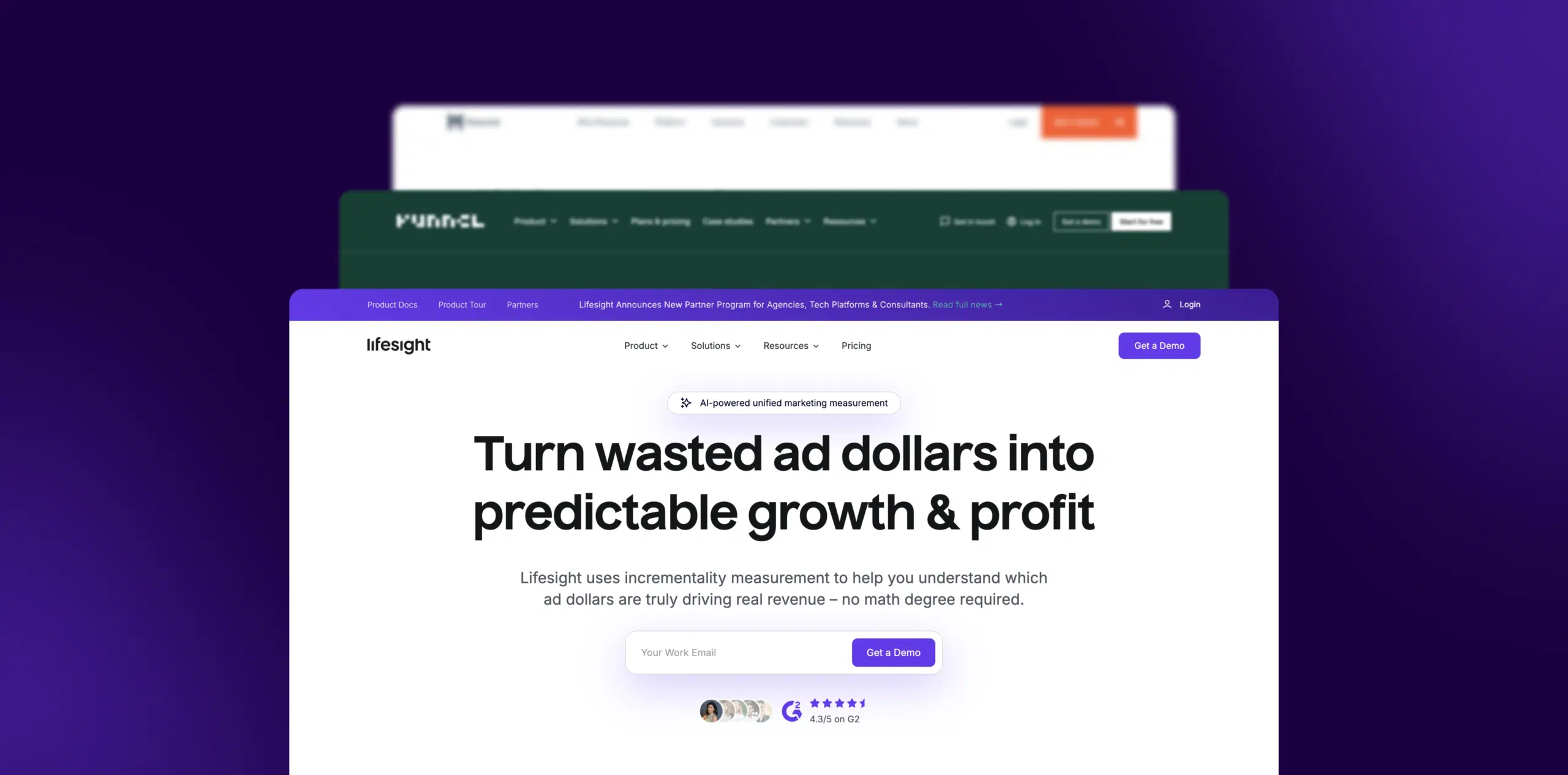What is Time Series Forecasting?
Time Series Forecasting is a statistical technique used to predict future values of a variable by analyzing and modeling past data points collected over time. This method identifies trends, cycles, and seasonal patterns to generate forecasts, which are crucial for various applications such as financial planning, inventory management, and demand forecasting.
Formula
The basic formula for a simple linear time series forecast can be expressed as:
Ŷt+h=β₀+β₁Yt
where Ŷt+h is the forecasted value, β₀+β₁ are coefficients, and Yt is the actual value at time t.
Example
For example, a retail company might use time series forecasting to predict monthly sales for the upcoming year based on historical sales data. By identifying seasonal peaks during holiday seasons and accounting for annual growth trends, they can better plan inventory and staffing needs.
Why is Time Series Forecasting important?
Time Series Forecasting is important because it enables businesses to make informed decisions, optimize resources, and proactively address future demands. Accurate forecasts can lead to improved financial performance, enhanced customer satisfaction, and more efficient operations.
Which factors impact Time Series Forecasting?
Several factors can influence the accuracy of time series forecasts, including the quality and granularity of historical data, the presence of outliers, and the choice of forecasting model. Additionally, external factors such as market conditions, economic shifts, and unexpected events can impact predictions.
How can Time Series Forecasting be improved?
To improve the accuracy of time series forecasts, businesses should ensure data quality, select appropriate models that capture underlying patterns, and regularly update forecasts with the latest data. Incorporating advanced techniques like machine learning and combining multiple models can also enhance predictive accuracy.
What is Time Series Forecasting’s relationship with other metrics?
Time Series Forecasting is closely related to metrics like Mean Absolute Error (MAE), Root Mean Square Error (RMSE), and Mean Absolute Percentage Error (MAPE). These metrics help evaluate the accuracy and reliability of forecasts by measuring the differences between predicted and actual values. By analyzing these metrics, businesses can refine their forecasting models and improve prediction accuracy, ultimately leading to better strategic planning and decision-making.
Free essential resources for success
Discover more from Lifesight






















































